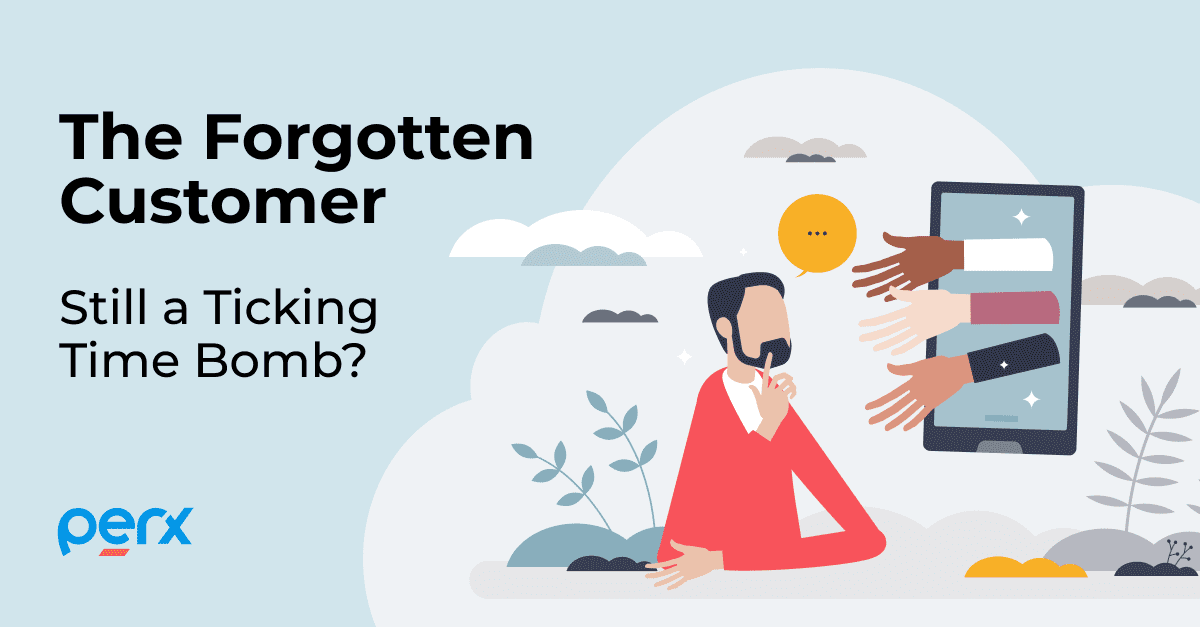
An ISO/IEC27001:2013 and ISO 27018:2019 certified cloud solution

© 2025 Perx Technologies. All rights reserved.

You close your Apple Watch fitness ring. Ding!
Your Duolingo streak hits ten days. Confetti explosion!
You level up in your favorite game. Cue the dopamine fireworks.
That little rush you feel is not random — it’s your brain saying, “Nice job, do it again.”
Welcome to the world of micro-rewards: those tiny moments that keep you tapping, swiping, earning, and coming back for more.
When brands understand how to create this Dopamine Domino Effect, loyalty stops being a marketing goal; it becomes instinctive.
Every time you win, whether it’s big or small, your brain releases dopamine, the chemical that makes you feel good.
Think of dopamine as the first domino. Once it tips, it triggers a chain of emotion → memory → motivation.
Surprisingly, your brain doesn’t need huge rewards to react. It lights up just as easily for small wins like:
Even the smallest success can lift your mood — and make you want to do it again.
Dopamine doesn’t just make us feel good — it makes us crave that feeling again.
Each micro-reward fuels a habit loop:
That’s why streaks, milestones, and progress bars are irresistible. It’s not obsession — it’s dopamine design. Brands that understand this psychology don’t build loyalty programs. They build loyalty habits.
Now imagine bringing that same feeling into banking or retail, where every swipe or payment sparks a sense of achievement.
That’s what Perx Technologies does – turning everyday transactions into emotionally rewarding experiences.
This isn’t just gamification – it’s behavioral design for customer motivation. When customers feel good while engaging with your brand, they don’t just return, they stay connected.
Want proof? Here are a few:
Challenge: Modernize loyalty beyond transactional cashback.
Solution: Introduced gamified missions and micro-rewards for financial wellness actions.
Impact:
Each small win — whether “Save R100” or “Complete a financial goal” — triggered a dopamine hit that kept users coming back daily.
Challenge: Reignite engagement in a mature rewards program.
Solution: Introduced “GoKen” gamification powered by Perx — small challenges with immediate gratification.
Impact:
Micro-rewards transformed routine telco actions (like topping up or paying bills) into emotionally rewarding experiences — each small win leading to the next.
Micro-rewards may be small in form, but they’re massive in effect. They’re the bridge between neuroscience and brand strategy, activating the same reward pathways that drive learning, growth, and motivation.
When brands harness this natural wiring, they don’t just reward behavior, they shape it. That’s the Dopamine Domino Effect: One spark → one smile → one loyal customer → one unstoppable habit.
Request a Demo to see how Perx helps leading banks, telcos, and retailers build loyalty programs that deliver measurable business outcomes.

Blogs

Sustainability

Blogs

Blogs

Blogs

Perx Technologies Pte Ltd
20A Tanjong Pagar Road
Singapore 088443
An ISO/IEC27001:2013 and ISO 27018:2019 compliant cloud solution



© 2025 Perx Technologies. All rights reserved.
© 2025 Perx Technologies. All rights reserved.

Hey! Shashank